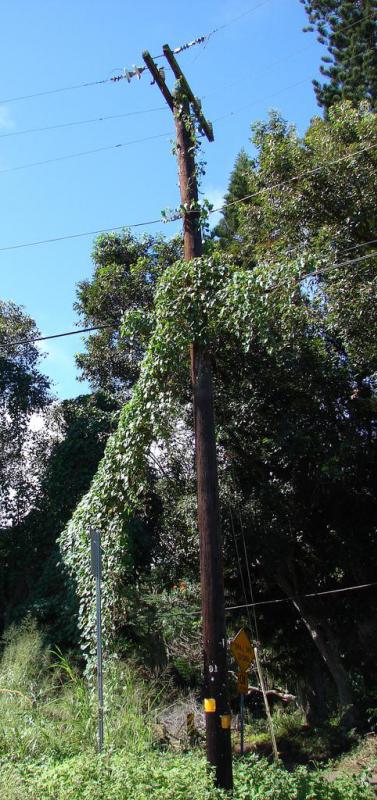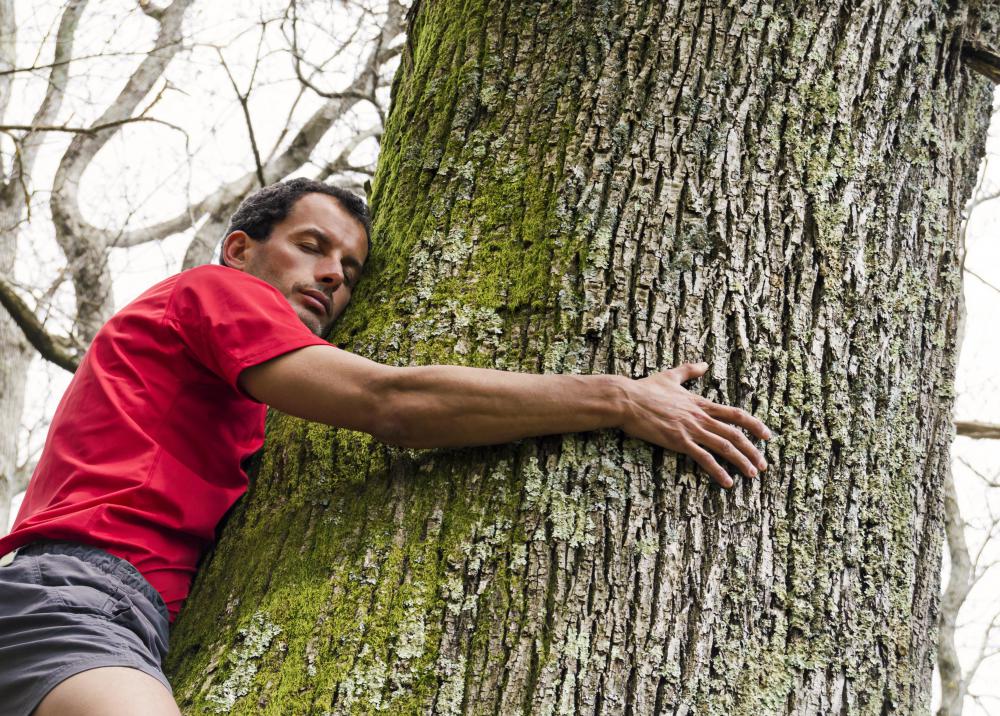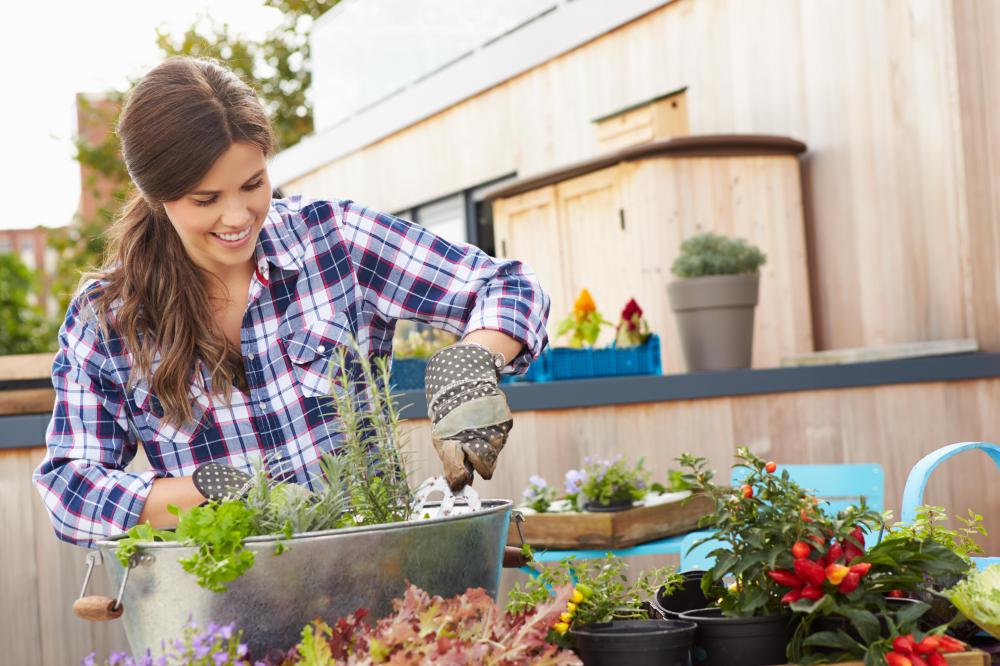At AllThingsNature, we're committed to delivering accurate, trustworthy information. Our expert-authored content is rigorously fact-checked and sourced from credible authorities. Discover how we uphold the highest standards in providing you with reliable knowledge.
What Is Plant Conservation?
The concept of plant conservation involves the protection of various plant and flower species from around the world. Plant resources and other forms of biodiversity face threats that include extinction, which necessitates the urgency for conservation. Some environmental conservation resources and other groups have taken steps to keep plant habitats out of danger. Botanic gardeners have designed at least two types of methods that preserve plant life.
Plant conservation strategies exist because thousands of plant species worldwide help to sustain life to humans and animals, as well as planet Earth. Certain fruits and vegetables come from plants, and plant-based ingredients or extracts can be found in medicine or household products. Plants help to control the processes involved in the water cycle, as well as provide oxygen to the atmosphere from photosynthesis. They have also protected Earth’s atmosphere from carbon dioxide released from fossil fuels. In addition to human use, plants also provide habitat and food sources for animals and fish.

Some experts note that the need for plant conservation arises because certain human errors threaten biodiversity. Overpopulation, overuse of natural resources and energy, and habitat destruction for development have all endangered the lives of plants and even animal habitats. Pollution and other aspects of climate change have also endangered plant habitats and resources. These habits or activities continue to threaten plants as well as the planet, according to experts, so plant conservation efforts seek to reverse the trend.

Environmentalists and other groups have implemented several strategies and projects to preserve plant resources. Some efforts include educating the general public through workshops and providing resources about the effects that destruction and global warming have on plants. Botanic gardens from all over the world participate in the collection of plant species in an effort to conserve them and protect their natural habitats. Such groups participate in habitat restoration, which includes recreating and maintaining the plants’ vegetation types.

In terms of developing sustainable practices, botanic gardens and other groups generally use two types of plant conservation methods. “In situ” conservation involves caring for plants on site in their natural settings. In situ conservation not only attempts to guard plants from climate change or habitat loss, but it also protects against invasive, or "alien," plant species. “Ex situ” conservation removes whole plants or plant samples from their natural environment. With this technique, gardeners place the plants in seed banks, tissue cultures, or living botanical collections to protect them from threats.
Frequently Asked Questions
What is plant conservation and why is it important?
Plant conservation involves the study and practice of protecting plant species and their habitats, ensuring their survival and the preservation of biodiversity. It's crucial because plants are foundational to ecosystems, providing oxygen, food, and habitat for other species. According to the Botanic Gardens Conservation International, plants are under threat, with one in five species at risk of extinction, highlighting the urgency of conservation efforts.
How does plant conservation benefit humans?
Humans rely on plants for food, medicine, and raw materials. Plant conservation ensures the sustainability of these resources. Additionally, plants play a key role in combating climate change by absorbing carbon dioxide. The United Nations Environment Programme states that conserving plant diversity is vital for sustainable development, impacting agriculture, health, and economic stability.
What are the main threats to plant species?
The primary threats to plant species include habitat destruction due to urbanization, agriculture, and deforestation; climate change; invasive species; overharvesting; and pollution. The International Union for Conservation of Nature (IUCN) reports that these factors contribute to habitat loss and degradation, which is the biggest threat to biodiversity.
What strategies are used in plant conservation?
Strategies in plant conservation include in-situ conservation (protecting plants in their natural habitats), ex-situ conservation (such as seed banks and botanical gardens), restoration of degraded habitats, sustainable land-use practices, and enforcing laws against illegal trade. The Global Strategy for Plant Conservation provides a framework for these strategies, aiming to halt the loss of plant diversity.
Can individuals participate in plant conservation, and if so, how?
Individuals can participate in plant conservation by supporting local conservation organizations, planting native species in their gardens, avoiding the purchase of endangered plant products, and volunteering for restoration projects. The World Wildlife Fund encourages people to reduce their carbon footprint and advocate for conservation policies, further contributing to the protection of plant species.
What role do botanical gardens play in plant conservation?
Botanical gardens are pivotal in plant conservation, serving as living repositories for rare and endangered species. They conduct research, provide education, and facilitate the exchange of plant material for conservation purposes. According to the American Public Gardens Association, botanical gardens also play a role in ex-situ conservation efforts, maintaining over a third of known plant species in their collections.
AS FEATURED ON:
AS FEATURED ON:













Discuss this Article
Post your comments